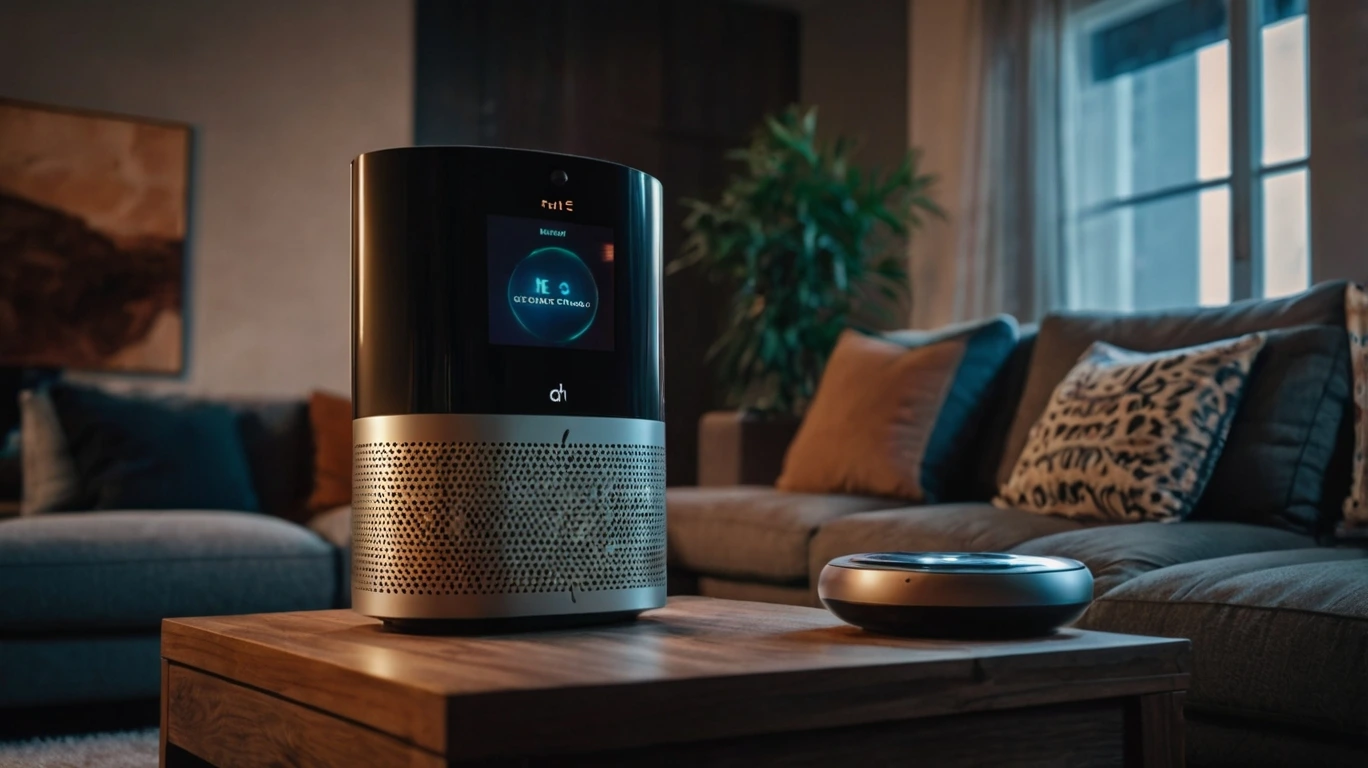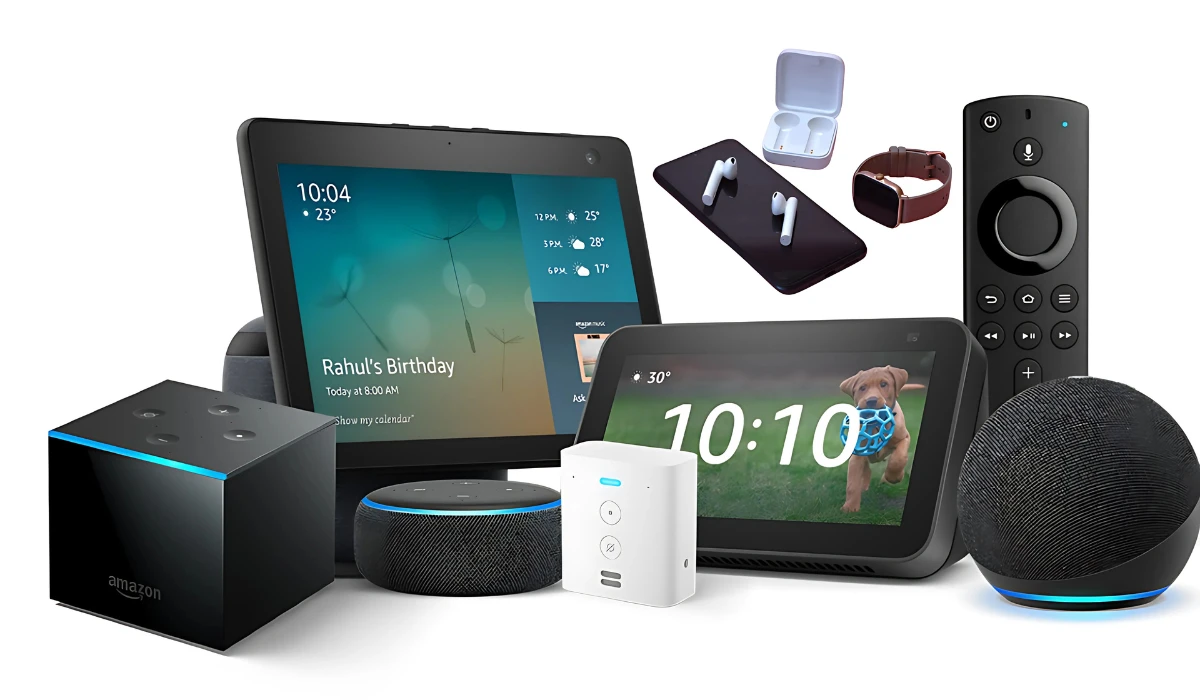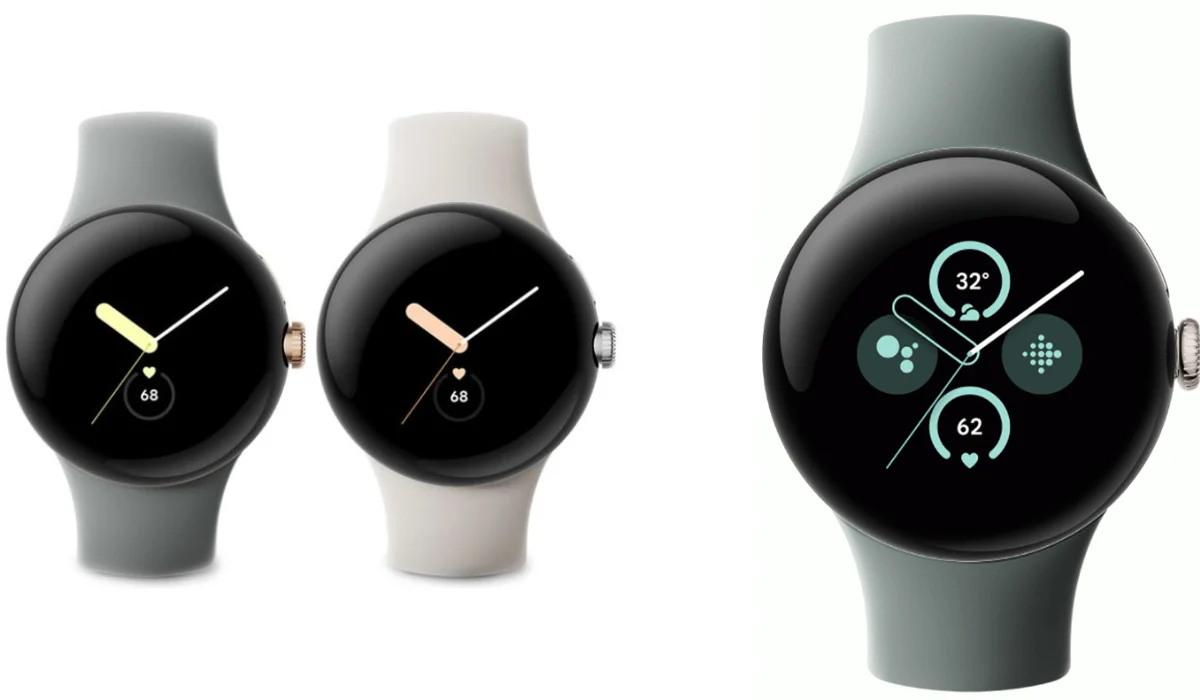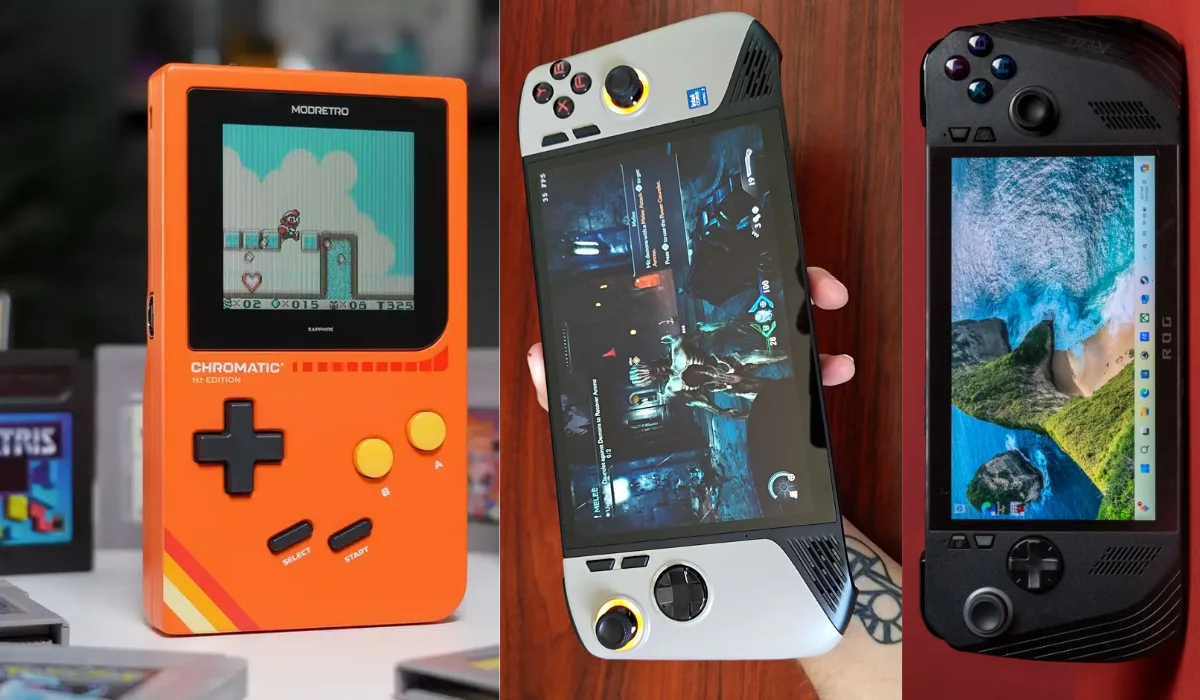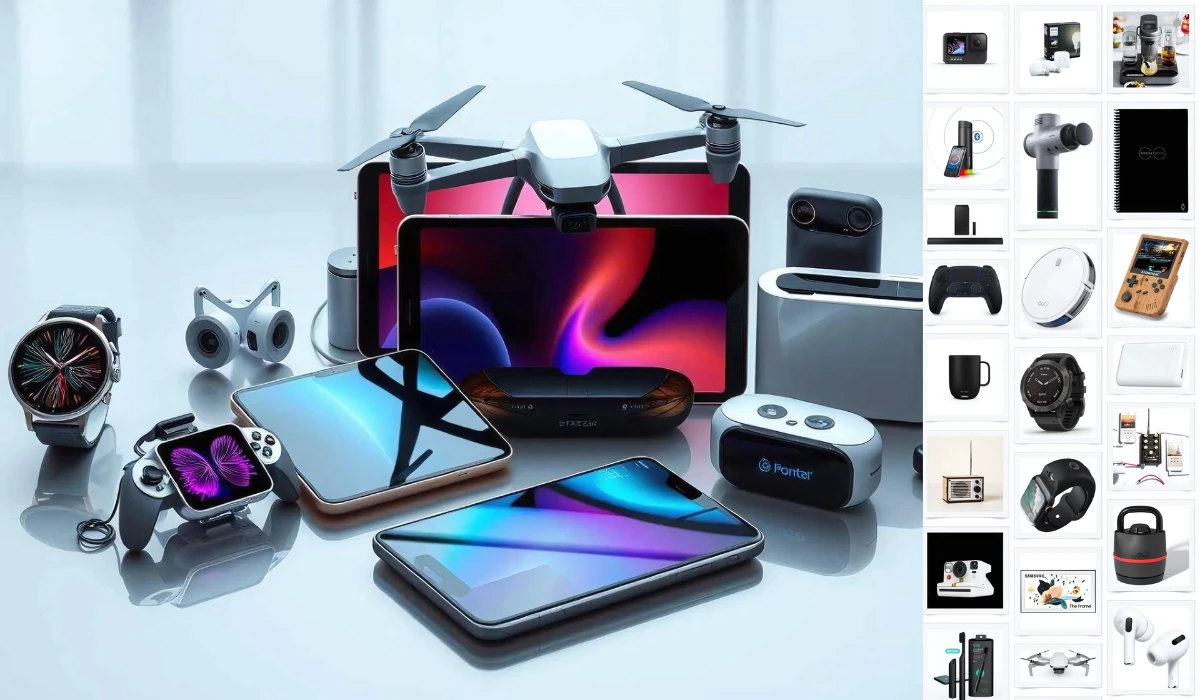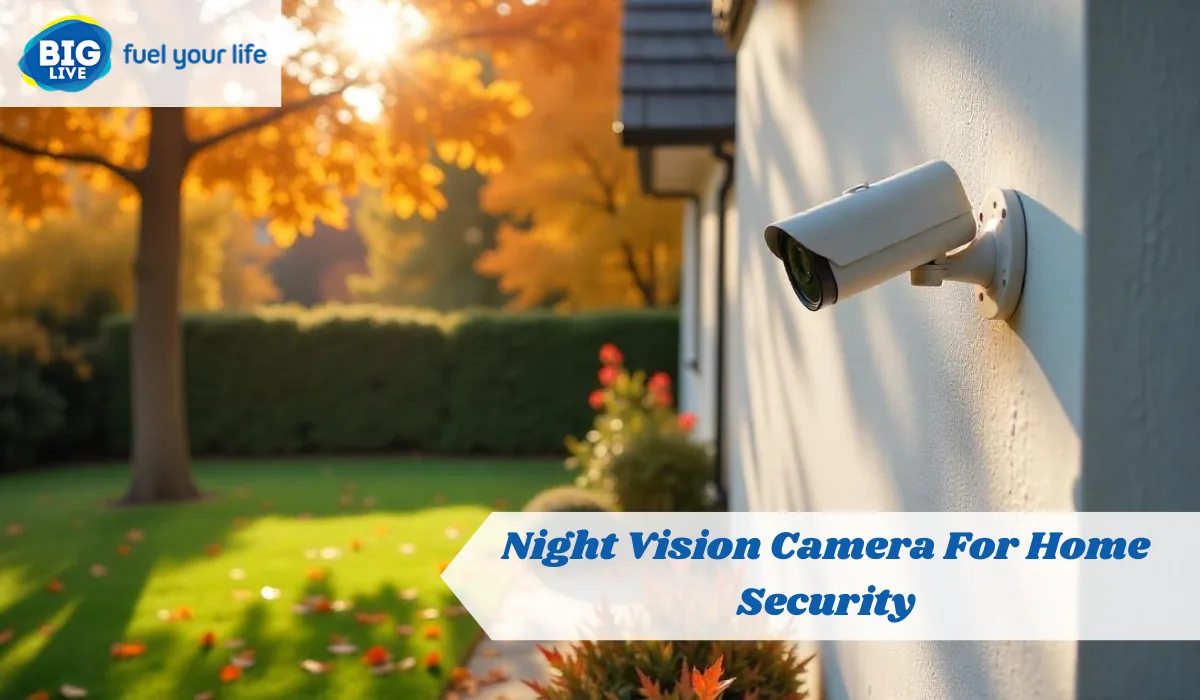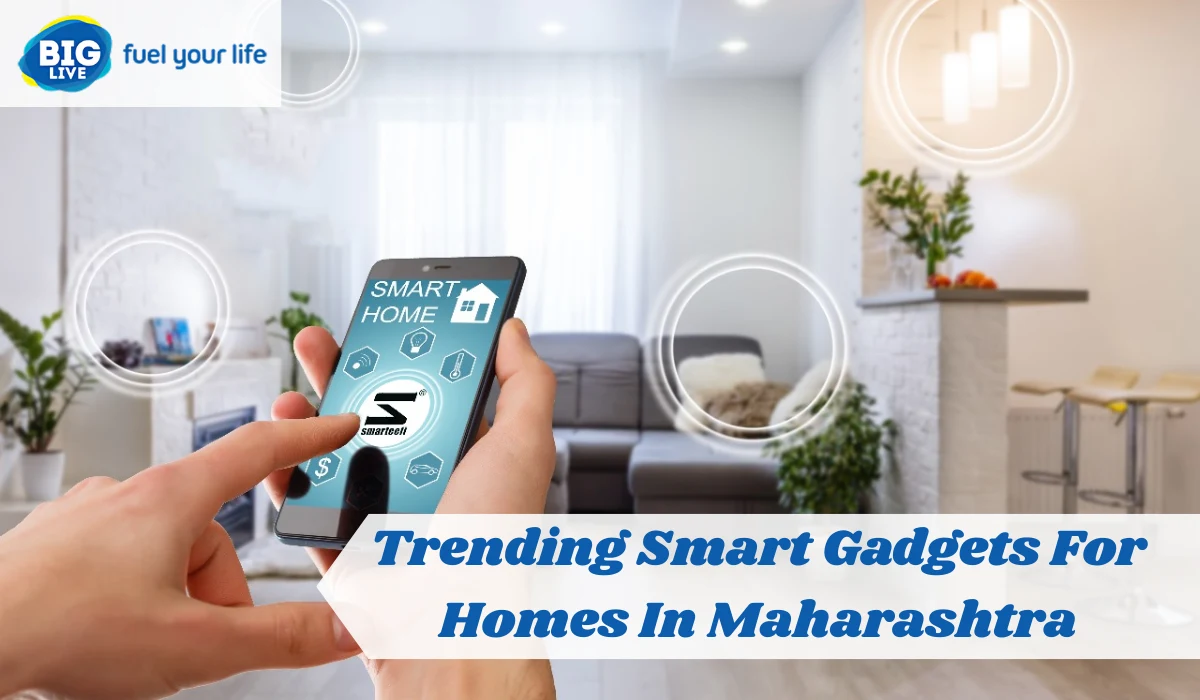Living in 2025, I can't imagine my life without voice-controlled smart home entertainment. Just last night, I walked into my living room after a long day at work and simply said, "Play my favorite music playlist." Within seconds, my smart speakers came alive with soothing jazz melodies. No remote controls, no searching through apps – just pure magic through voice commands. This technology has completely changed how I interact with my home entertainment system. In this guide, I'll share everything I've learned about setting up and enjoying voice-controlled smart home entertainment in my own house.
What is Voice-Controlled Smart Home Entertainment?
Voice-controlled smart home entertainment means using your voice to control all your entertainment devices. Instead of picking up five different remote controls, I can speak commands to my smart assistant. It's like having a personal butler who never gets tired of your requests. When I first heard about this technology, I thought it was just a fancy gadget. Boy, was I wrong! Now I control my TV, sound system, lights, and even my projector with simple voice commands. It's become such a natural part of my daily routine that guests are always amazed when they visit. The beauty of this system lies in its simplicity. My 8-year-old nephew figured it out in minutes during his last visit. If a kid can master it that quickly, anyone can!
How Voice Control Changed My Entertainment Experience
Before installing my smart home system, I had a coffee table covered with remote controls. The TV remote, cable box remote, sound system remote, and streaming device remote all lived in a messy pile. Finding the right one was always a treasure hunt. Now, my coffee table is clean and clutter-free. I control everything with my voice, and it feels like living in the future. My friends often joke that I've become too lazy to press buttons, but honestly, once you experience this convenience, there's no going back. The real game-changer happened during movie nights. Instead of pausing the movie to dim the lights manually, I simply say, "Movie time," and my entire entertainment setup adjusts automatically. The lights dim, the soundbar switches to movie mode, and even my phone goes into do-not-disturb mode.
Setting Up Your Voice-Controlled Smart Home Entertainment System
Choosing the Right Smart Assistant
The first step in my journey was picking a smart assistant. I researched three main options: Amazon Alexa, Google Assistant, and Apple's Siri. Each has its strengths, but I chose Amazon Alexa because it works with the most entertainment devices. Smart home voice control devices in india are becoming more affordable every year. I started with a basic Echo Dot, which cost me less than what I used to spend on takeout in a week. This small investment opened up a world of possibilities. My advice? Start small and grow your system over time. You don't need to buy everything at once. I began with one smart speaker and gradually added more devices as I discovered new ways to use them.
Essential Smart Devices for Entertainment Control
After months of testing different devices, I've narrowed down the essential components for any voice-controlled smart home entertainment setup:
Smart Speakers: These are the ears and voice of your system. I have three Amazon Echo devices strategically placed around my house. The main one sits in my living room, with smaller ones in the bedroom and kitchen.
Smart TV or Streaming Devices: My smart TV connects directly to my Wi-Fi and responds to voice commands. If you have an older TV, don't worry! A simple streaming stick can make any TV smart.
Smart Soundbar: This upgrade transformed my movie-watching experience. My soundbar automatically adjusts volume levels and sound modes based on what I'm watching.
Smart Lighting: Philips Hue bulbs throughout my entertainment area create the perfect ambiance. I can set different lighting scenes for movies, gaming, or casual TV watching.
Installation Process Made Simple
Installing my voice controlled home automation project was easier than I expected. I'm not particularly tech-savvy, but the setup process was straightforward enough that I completed it in one weekend. First, I downloaded the necessary apps on my smartphone. The Amazon Alexa app became my control center for managing all connected devices. Each device I added came with clear, step-by-step instructions. The most challenging part was connecting my older sound system, but even that took only about 30 minutes. Smart plugs solved most compatibility issues with older devices. These little adapters let me control any electronic device through voice commands.
Voice Commands That Transform Your Daily Entertainment
Basic Entertainment Commands
Learning voice commands felt like learning a new language at first. But these basic commands quickly became second nature:
- "Play music from Spotify"
- "Turn on the TV"
- "Switch to Netflix"
- "Volume up/down"
- "Pause/Resume"
I remember the first time I said, "Turn off everything" and watched all my entertainment devices power down simultaneously. It felt like having superpowers!
Advanced Voice Commands for Power Users
As I became more comfortable with the system, I discovered advanced commands that made my setup even more impressive:
Scene Commands: "Movie night" dims the lights, turns on the TV, starts the soundbar, and opens my streaming app. "Gaming mode" adjusts the TV settings for reduced input lag and turns on accent lighting.
Multi-Room Commands: "Play jazz music everywhere" fills my entire house with synchronized audio. "Stop music in the bedroom" lets me control individual rooms without affecting others.
Scheduled Commands: I set routines that automatically start my morning news briefing when my alarm goes off. My evening routine dims all lights and starts relaxing background music.
Creating Custom Voice Commands
The real magic happened when I learned to create custom commands. Using the Alexa app, I programmed unique phrases that trigger multiple actions simultaneously. My favorite custom command is "Party time!" This single phrase turns on colorful party lights, starts upbeat music at the perfect volume, and even sends a group text to my friends. It transforms my living room into party central in seconds.
Voice-Controlled Smart Home Entertainment for Different Rooms
Living Room Setup
My living room is the heart of my entertainment system. Here's what I've learned works best:
The main smart speaker sits on my entertainment center, perfectly positioned to hear commands from anywhere in the room. I connected it to my 55-inch smart TV, soundbar, and streaming devices. Smart lighting makes a huge difference. I installed color-changing bulbs behind my TV for ambient lighting during movies. Voice commands let me adjust brightness and color to match whatever I'm watching.
Bedroom Entertainment Control
My bedroom setup focuses on relaxation and convenience. A smaller smart speaker on my nightstand controls a wall-mounted TV and ceiling fan. The best part? I can turn everything off without getting out of bed. Voice commands like "Bedtime" automatically turn off the TV, dim the lights, and start playing white noise for better sleep. It's like having a personal assistant who knows exactly what I need.
Kitchen and Dining Area Integration
The kitchen smart speaker has become surprisingly useful for entertainment. While cooking, I can request cooking shows, music playlists, or even ask for recipe instructions without touching anything with messy hands. During dinner parties, voice control lets me adjust background music volume without interrupting conversations. Guests are always impressed when I casually say, "Lower the music" and it happens instantly.
Voice Controlled Home Automation Project Report: My Results
After six months of using my voice-controlled smart home entertainment system, I decided to track the benefits. The results surprised even me:
Time Savings: I calculated that voice control saves me about 15 minutes daily. That might not sound like much, but it adds up to over 90 hours per year! Those saved minutes come from not searching for remotes, navigating menus, or manually adjusting settings.
Energy Efficiency: My smart system automatically turns off devices when not in use. My electricity bill decreased by about 12% because nothing stays on standby mode unnecessarily.
Entertainment Quality: The biggest improvement was in my actual entertainment experience. Seamless control means less interruption and more enjoyment of movies, music, and shows.
Guest Reactions: Friends and family are consistently amazed by my setup. It's become a conversation starter and source of entertainment itself.
Popular Smart Devices Available in India
Amazon Echo Series
Smart home voice control devices in india have become much more accessible recently. The Amazon Echo series offers excellent value for money. I started with the Echo Dot (4th generation), which provides great sound quality for its size. The Echo Studio delivers impressive audio quality that rivals expensive traditional speakers. For my main entertainment area, this device provides rich, room-filling sound that makes movies and music come alive.
Google Nest Devices
Google Nest speakers integrate beautifully with Android phones and Google services. If you're heavily invested in the Google ecosystem, these devices offer seamless connectivity and excellent voice recognition. The Nest Hub adds a visual element to voice control. I can see what's playing, control smart home devices through touch, and even watch YouTube videos on the built-in screen.
Indian Brands Making Waves
Several Indian companies now offer competitive smart speakers. Boat and boAt lifestyle have released affordable alternatives that work well for basic voice control needs. While they may not have all the features of premium brands, they're perfect for beginners testing the waters.
Troubleshooting Common Voice Control Issues
Connectivity Problems
Every smart home system occasionally faces connectivity issues. When my devices stop responding, I've learned a few reliable fixes:
Router Location: I moved my Wi-Fi router to a central location in my house. This simple change improved connectivity for all my smart devices significantly.
Network Bandwidth: Streaming multiple high-quality audio or video sources can overwhelm your internet connection. I upgraded to a faster internet plan, which solved most buffering issues.
Device Updates: Regularly updating device firmware prevents many problems before they start. I set up automatic updates for all my smart devices.
Voice Recognition Challenges
Sometimes my smart speakers don't understand my commands correctly. I've discovered several tricks to improve recognition accuracy:
Clear Speech: Speaking clearly and at a moderate pace helps significantly. I learned not to rush my commands or speak too softly.
Wake Word Sensitivity: Adjusting wake word sensitivity in device settings reduces false activations while ensuring reliable response to actual commands.
Background Noise: Reducing background noise during setup improves long-term recognition accuracy. I configured my devices during quiet times for better results.
Creating the Perfect Voice-Controlled Smart Home Entertainment Atmosphere
Lighting Integration
Smart lighting has become my favorite aspect of voice-controlled entertainment. Different lighting scenes create completely different moods for various activities. For movie watching, I use warm, dim lighting that doesn't create screen glare. Gaming sessions get bright, colorful accent lighting that adds excitement. Music listening sessions feature slowly changing colors that pulse with the beat. The voice commands make switching between these scenes effortless. "Romantic lighting" creates the perfect atmosphere for date nights, while "Party lights" energizes any gathering.
Sound Zone Management
Multi-room audio lets me create different sound zones throughout my house. I can play upbeat music in the living room while maintaining quiet ambiance in the bedroom. Voice commands like "Play classical music in the dining room" or "Stop music everywhere except the kitchen" give me precise control over my audio environment.
Temperature and Comfort Control
I connected my smart thermostat to my entertainment system for complete environmental control. "Movie time" not only sets up my audio-visual equipment but also adjusts the temperature to my preferred movie-watching comfort level. During summer movie nights, the air conditioning automatically adjusts to compensate for the heat generated by all the electronic devices.
Voice Controlled Home Automation Project with Source Code: Technical Insights
Understanding the Technology
While you don't need programming knowledge to use voice-controlled entertainment systems, understanding the basics helps optimize your setup. Voice assistants use natural language processing to convert speech into actionable commands. These commands travel through your Wi-Fi network to control various smart devices throughout your home. The "source code" refers to the programming languages and protocols that make this communication possible. Popular protocols include Wi-Fi, Zigbee, and Z-Wave for device communication.
Customization Options
Advanced users can create custom skills and routines using platforms like IFTTT (If This Then That). I've programmed several custom automations that trigger based on time, location, or specific voice commands. My most useful custom automation turns on my entertainment system when I arrive home from work. My phone's GPS location triggers this routine, so my house is ready for relaxation by the time I walk through the door.
Integration with Existing Systems
Many people worry about compatibility with existing entertainment equipment. The good news is that smart plugs, IR blasters, and hub devices can control almost any electronic device. I successfully integrated my 10-year-old sound system using a smart plug and IR blaster combination. Now this "dumb" device responds to voice commands just like my newest smart gadgets.
Future of Voice-Controlled Entertainment
Emerging Technologies
The voice control landscape continues evolving rapidly. Artificial intelligence improvements make voice recognition more accurate and natural-feeling every year. I'm excited about upcoming features like emotion detection, where smart assistants will adjust entertainment settings based on my mood. Imagine your system automatically playing uplifting music when you sound stressed!
Privacy and Security Considerations
As someone who initially worried about privacy, I've learned to balance convenience with security. All major smart speaker manufacturers now offer privacy controls and data deletion options. I regularly review my voice history and delete recordings I don't want stored. Most devices also include physical mute buttons for times when I want guaranteed privacy.
Integration with Augmented Reality
Future entertainment systems may integrate voice control with augmented reality displays. Instead of physical remotes or even voice commands, we might control everything through gesture recognition and visual interfaces.
Cost Analysis: Is Voice-Controlled Entertainment Worth It?
Initial Investment Breakdown
Starting my voice-controlled smart home entertainment system required an initial investment, but I spread costs over several months to make it more manageable.
Basic Setup (Under $200):
- Echo Dot smart speaker
- Smart TV streaming stick
- Two smart bulbs
- Smart plug for existing devices
Intermediate Setup (Under $500):
- Echo Studio speaker
- Smart soundbar
- Smart TV (if replacing old TV)
- Multiple smart plugs and bulbs
Advanced Setup (Under $1000):
- Multiple Echo devices
- Premium smart TV
- High-end soundbar
- Complete smart lighting system
- Smart thermostat integration
Long-term Savings
The energy efficiency improvements alone justify much of the initial cost. Smart devices automatically power down when not in use, reducing standby power consumption significantly. I also spend less on entertainment subscriptions because voice control makes it easier to find content across different platforms. Instead of subscribing to multiple services, I can efficiently search and access content from various sources.
Value Beyond Money
The convenience and enjoyment factor far exceed the monetary investment. Time saved, stress reduced, and entertainment quality improved all contribute to a better quality of life that's difficult to quantify financially.
Getting Started: Your First Steps
Week 1: Choose Your Ecosystem
Research and select your primary voice assistant platform. Consider factors like device compatibility, music service integration, and smart home device availability in your area. I recommend starting with one ecosystem and expanding within it rather than mixing different platforms initially. This approach ensures better integration and easier troubleshooting.
Week 2: Basic Device Setup
Purchase and install your first smart speaker and one additional smart device. This could be a smart plug for an existing entertainment device or smart bulbs for ambient lighting. Spend time learning basic voice commands and exploring the companion app features. The goal is becoming comfortable with fundamental operations before adding complexity.
Week 3: Expand Gradually
Add one new device per week, learning its features thoroughly before adding the next. This gradual approach prevents overwhelm and helps you discover creative uses for each device. Document voice commands that work well in your environment. Every room has different acoustics and background noise levels that affect recognition accuracy.
Month 2 and Beyond: Advanced Features
Once comfortable with basic operations, explore advanced features like routines, custom commands, and multi-device coordination. These features transform a collection of smart devices into a truly integrated entertainment system. Consider integrating non-entertainment devices like smart locks, security cameras, or kitchen appliances for a complete smart home experience.
Conclusion: Living in the Future Today
My journey into voice-controlled smart home entertainment started as curiosity about new technology. It has evolved into an integral part of my daily life that I couldn't imagine living without. The convenience of controlling everything with simple voice commands has freed me to focus on enjoying entertainment rather than managing devices. Movie nights are more immersive, music listening is more spontaneous, and hosting friends has become more enjoyable.
Whether you're tech-savvy or completely new to smart home technology, voice-controlled entertainment systems are accessible, affordable, and incredibly rewarding. Start small, learn gradually, and prepare to be amazed by how this technology can transform your home entertainment experience. The future of home entertainment is here, and it's listening for your next command. What will you tell your smart home to do today?



